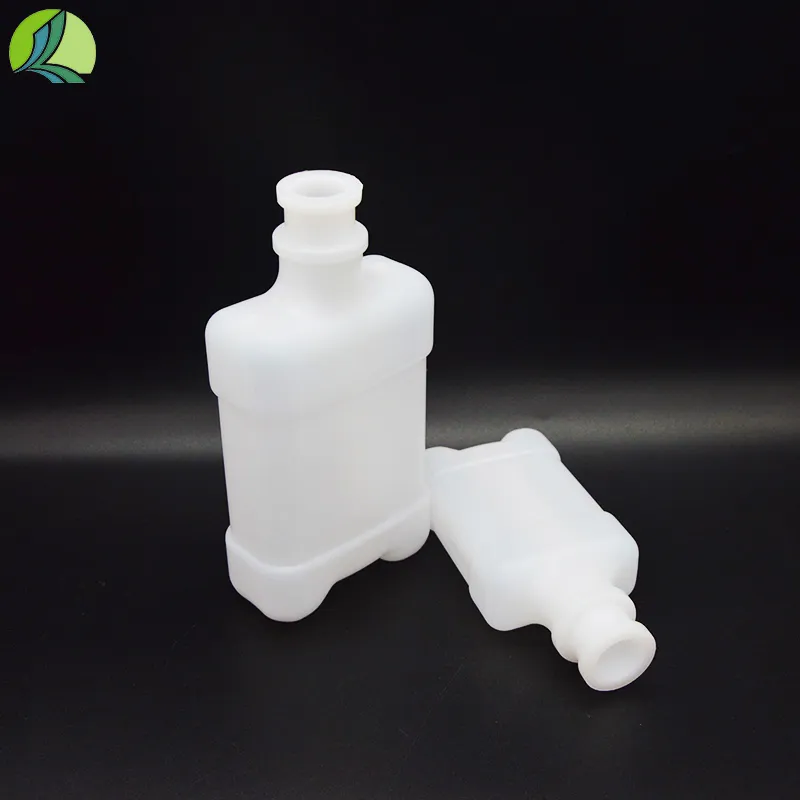Recycling Empty Juice Bottles for Creative Home Projects and Sustainability Ideas
The Journey of Empty Juice Bottles From Waste to Resource
Empty juice bottles may seem like mere waste items after we have enjoyed their delicious contents. However, these seemingly insignificant containers hold much more potential than one might initially perceive. The journey of empty juice bottles sheds light on sustainability, recycling, and the innovative ways the world is transforming waste into valuable resources.
Every year, millions of juice bottles are consumed worldwide. They come in various shapes and sizes, crafted from materials like glass, plastic, and even biodegradable options. Once we drain the last drop of juice, the typical instinct is to toss the bottle into the trash. However, the truth is that these empty bottles can be a starting point for a more sustainable future.
Recycling is one of the most effective ways to give empty juice bottles a second life. Many local recycling programs eagerly accept these containers, whether they are made from plastic or glass. When collected, the bottles undergo a meticulous sorting and cleaning process. Plastic bottles, which are often made from PET (polyethylene terephthalate), are then chipped into small flakes and melted down to create new products, such as clothing fibers, insulation materials, and even new bottles. Glass bottles can be recycled indefinitely without losing quality, making them an exceptional resource in the circular economy. Once processed, they might return to the shelves in the form of new juice bottles, completing the loop of sustainability.
In addition to traditional recycling, creative upcycling offers exciting possibilities for empty juice bottles. Artists and eco-enthusiasts have discovered numerous ways to repurpose these containers into functional and decorative items. From planters to bird feeders, the imagination knows no bounds. This movement is not only environmentally friendly but also inspires communities to think critically about waste creation and usage. Workshops have emerged teaching people how to transform their empty juice bottles into something new, fostering a spirit of creativity while promoting responsible consumption.
empty juice bottles

Moreover, the concept of artistic expression using empty juice bottles is gaining traction. Art installations made from discarded bottles can be spotted in parks and public spaces, serving as powerful statements about environmental consciousness. These pieces highlight the beauty of repurposed materials and spark conversations about waste management, encouraging individuals to reflect on their consumption habits.
Additionally, the beverage industry is starting to take notice. Many brands are adopting more sustainable packaging solutions, utilizing bottles made from recycled materials or investing in eco-friendly alternatives. This shift not only reduces the volume of waste but also appeals to an increasingly environmentally-aware consumer base. Companies are leveraging their commitments to sustainability in marketing campaigns, emphasizing their use of recycled materials and responsible production processes.
Ultimately, the journey of empty juice bottles represents a greater narrative about responsibility, creativity, and sustainability. As consumers, we hold the power to dictate the future of these containers. By participating in recycling programs and exploring upcycling opportunities, we can ensure that our empty juice bottles do not become mere trash but rather evolve into valuable resources that contribute to a healthier planet.
In conclusion, empty juice bottles possess untapped potential that speaks to the heart of sustainability. By recognizing their journey beyond the recycling bin and embracing the practice of repurposing, we can collectively reduce waste and foster a more sustainable future. The next time you finish a bottle of juice, remember that it’s not just an empty container; it’s a gateway to a world of possibilities.
-
Aesthetic Makeup Spray Bottles | Fine Mist Empty RefillableNewsAug.19,2025
-
White Plastic Veterinary Vaccine Vials | Lab Liquid BottlesNewsAug.18,2025
-
Plastic Medicine Liquid Bottle: Secure Flip Top Drug VialsNewsAug.17,2025
-
Durable 250ml Blue Plastic Vaccine Vial for Lab & Vet UseNewsAug.16,2025
-
Sterile Virus Sample Tubes: Secure & Reliable Specimen CollectionNewsAug.15,2025
-
White 250ml Plastic Vaccine Vial for Lab & Vet MedicineNewsAug.14,2025
























